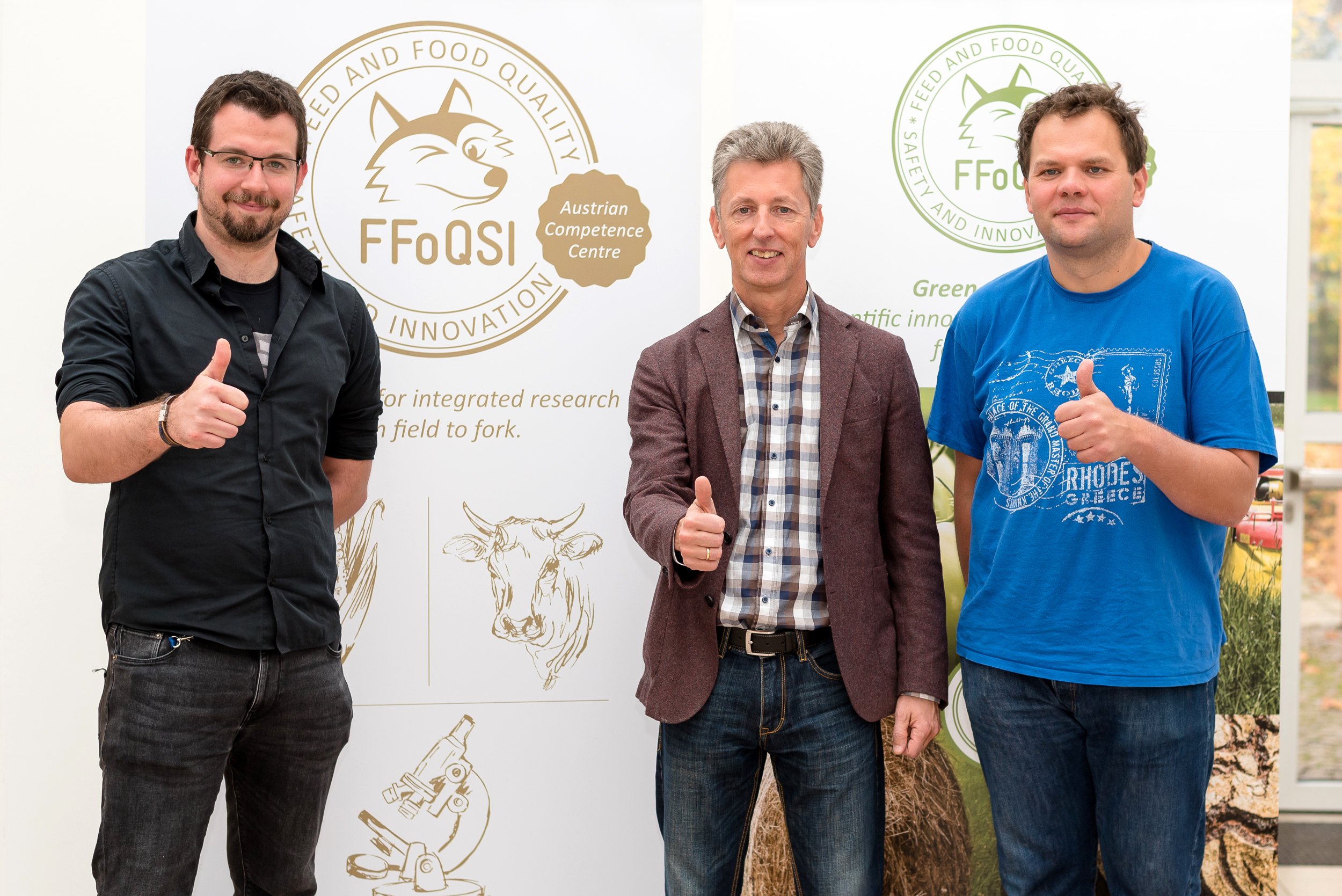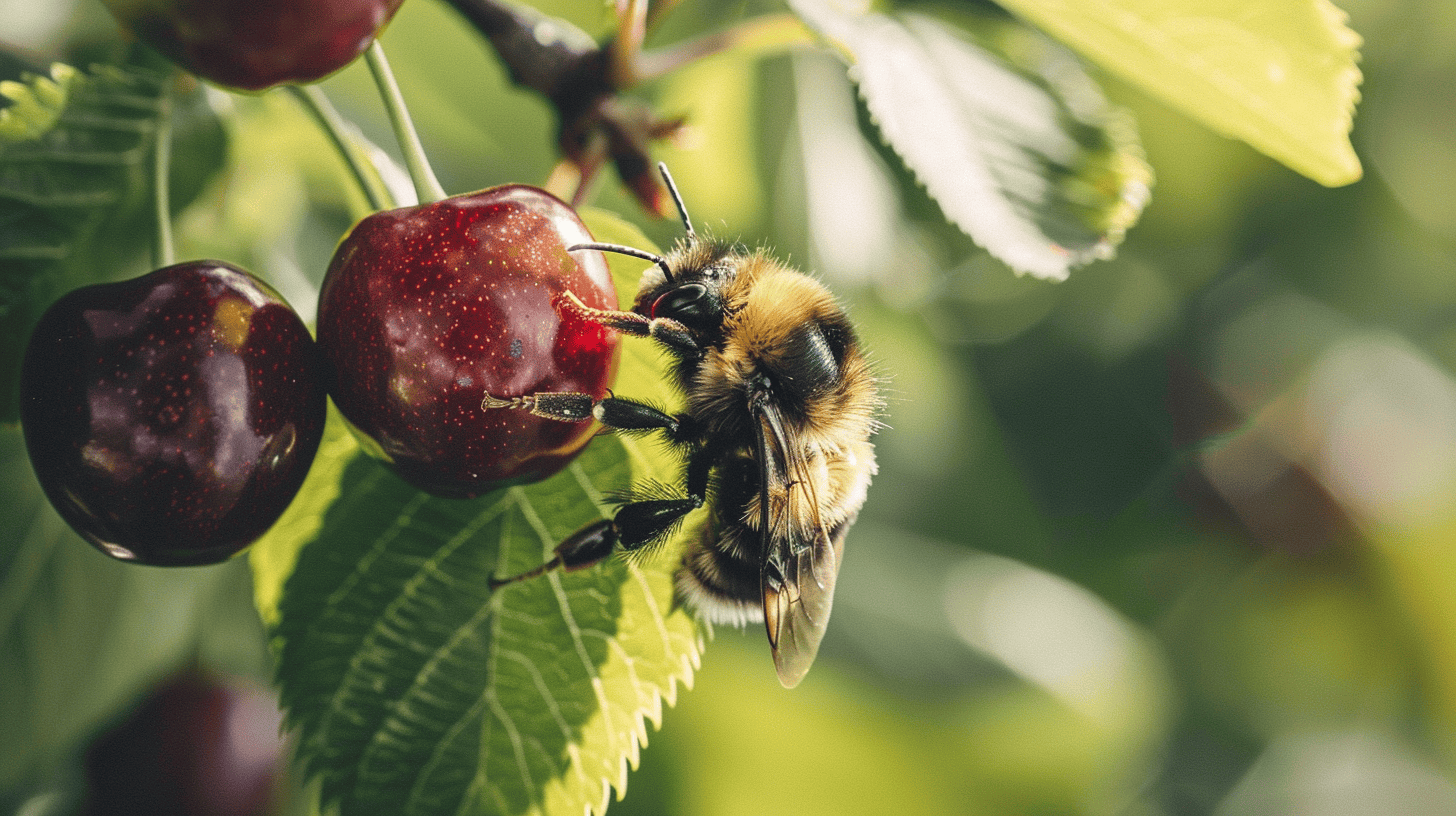
The identification of contaminants in food is often based on empirical values – for reasons of cost. Sample tests are carried out to detect the harmful substances that we know might be contained in food. However, unexpected outcomes are becoming increasingly frequent, not least due to climate chan
ge, says Prof. Dr. Rudolf Krska. He is head of the Institute of Bioanalytics and Agro-Metabolomics, part of the Department of Agricultural Biotechnology at the University of Natural Resources and Applied Sciences (BOKU) in Vienna, Austria.
His research group has been working for fifteen years on research to improve the current measurement method. Now they have developed an analytical method that is unique in the world. One that allows the simultaneous identification of a variety of contaminant classifications. The system can identify 1400 contaminants within 42 minutes. That means it can map the overall contamination pattern in food and feed much more effectively.
Professor Krska in an interview with Innovation Origins:
How can contaminants get into food?
We differentiate between things that occur before products come on to the market, and things that happen afterwards. Pre-market, we tend to deal with food additives. While post-market, with process-indexed chemicals, such as ( carcinogenic) chloropropanols. These can be formed in certain paper and cardboard packaging materials as a reaction to a coating of epichlorohydrin resins.
Our expertise, however, lies primarily in the field of agrochemicals. We mainly deal with pesticides, veterinary drugs, and natural toxins (biotoxins). Natural toxins can be produced by plants, fungi (mycotoxins), algae (phytotoxins), bacteria, etc. The field of food contamination must not be overlooked. One prime example of this is the Chinese milk scandal in 2008. Back then, melamine was added to milk powder to simulate a high protein content.
Which chemicals are being targeted with this method?
We have focused on the two areas that harbor the most harmful substances. Firstly, agrochemicals, where there are 500 pesticides registered in the EU alone. And secondly, veterinary drugs and the various fungal toxins (mycotoxins) as well as plant toxins. It is not possible to map all contaminants with a single method as they all have varying chemical properties. But it is possible to put certain groups together and combine these in a single method. So, that was our approach.
We looked into what we technically were able to simultaneously detect, both in terms of quality and quantity. Our selection of chemicals, toxins, and pesticides is in line with what the European Union Food Safety Authority has classified as the greatest food risks: pesticides are in second place on the list and toxins in third place
How is the analytical method applied?
By advancing analytics and communicating what is possible, we act in a pre-competitive manner. These types of methods are often adopted or even validated at a European level. But a great number of companies also come to us and want to know which toxic substances are potentially present in their products. Companies often shy away from the costs of conventional analyses. Instead, they focus on the analysis of regulated or the most frequently occurring contaminants in food. Except, not on all of them.
Recently, for example, a South African veterinarian gave us sprouted barley (animal feed) for analysis. Their problem: a cow turned out to be suffering from a neurological disease. We were surprised to find patulin in it because that normally only occurs in fruit juice. As we now know, it can also be found in sprouted barley – due to an infection with aspergillus (a fungus).
Patulin is a neurotoxin. For this reason, it should be included in future analyses of animal feed in certain climatic regions. This is precisely the strength of our method. It covers an enormously large spectrum of metabolites, contaminants, and chemicals. That’s why it can contribute solutions to problems in agriculture.
How can the method measure harmful substances in food?
Our method basically correlates with what large and modern laboratories do. We have adopted the tandem mass spectrometry approach, in which mass analyzers are connected in series to separate (ionized) substances according to their mass-to-charge ratio by using electromagnetic fields that then detect and quantify them.
For 15 years now, we have been constantly researching to improve our so-called multi-class method, which has already been published in prestigious international journals. Starting with a few analyses, we worked our way up and had to overcome a lot of hurdles. Among other things, it was fundamentally essential to create a method of calibration that used pure substances.
We also needed a reference substance for each substance that needs to be analyzed in order to establish the concentration levels. This is comparable to a set of scales where weights are required for calibration. We use calibration solutions that also contain substances that we have synthesized ourselves. Some of which we have procured through a global network.
You have been particularly concerned with minimizing matrix effects ?
Unfortunately, there are enormous implications where matrix effects in the analyses are concerned. The substances to be identified are ionized before the analysis takes place. Consequently, charged molecules – so-called ions – are formed which are, regrettably, able to interact with some of the key components of the food sample, such as fats or proteins. This weakens the signal of the substance that I want to identify and leads to under-detection.
There are several approaches that minimize these matrix effects. These include viable extraction methods and powerful interfaces between liquid chromatography and mass spectrometry. One approach is also found in the optimization of electronic parameters. But in the end, this method takes us to the limits of what is feasible within the time available for analyses. Every substance needs a certain amount of time to record specific data points. We refer to this as a ”peak.” This is a rash that I can see and that I can quantify. This peak is usually 15 – 18 seconds long. If I multiply 1400 substances by 42 minutes, then there’s no more time for that.
How did you manage to solve that problem?
We did not measure all harmful substances over the entire measurement period. Instead, we defined time frames in which only a subset of the potentially present substances was screened. In addition, we divided the entire 42-minute measurement process into two halves. In the first half of 21 minutes, we only measure the positively charged substances. While in the second half, we measure the negative ions.
We have also developed a new strategy to optimize the recording of these data points. This allows us to obtain enough data points to be able to identify the substance. At the same time, we can run the analysis at higher speeds. The possibility of reducing the number of data points is however quite limited because this reduces the signal or noise ratio and that in turn reduces the precision of the measurement results.
We are the only group in the world that has managed to push the number of possible fungal and plant metabolites, including all mycotoxins and relevant agrochemicals, far beyond the 1000 mark. And at the same time, using the optimization parameters mentioned, achieve a high level of precision and accuracy in the analysis outcomes. One of the first applications took place as part of a World Health Organization study published in the journal Lancet Planetary Health.
Does climate change also influence the type of contaminants in food ?
In the past, it was said that the most important toxin in Central Europe is deoxynivalenol, also known as vomitoxin and in Africa, for instance, it is Aflatoxin B1. But now we suddenly have Aflatoxins in Serbia. An eye opener was the maize scandal in 2013, where maize contaminated with aflatoxins had been imported into Germany. Serbian cow’s milk was also contaminated with aflatoxin metabolites far above the legal limit. Two years later, the same area suffered flooding and cold weather and it was hardly measurable anymore, although other toxins were present.
Thank you for this interview
The new method was developed as part of the dissertation of Ph.D. student David Steiner. The supervisors, Scientific Leader Blue Area of the FFoQSI and BOKU professor Dr.Rudolf Krska, and Dr. Michael Sulyok have already published numerous scientific articles on this topic. These are among the most frequently cited works in this field.


